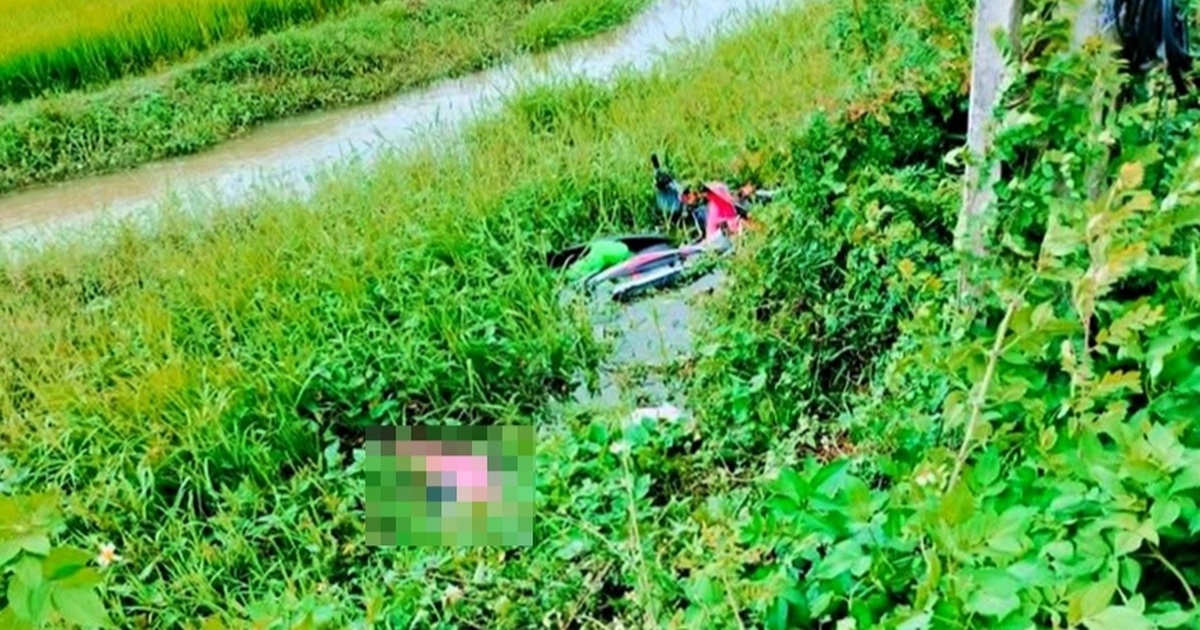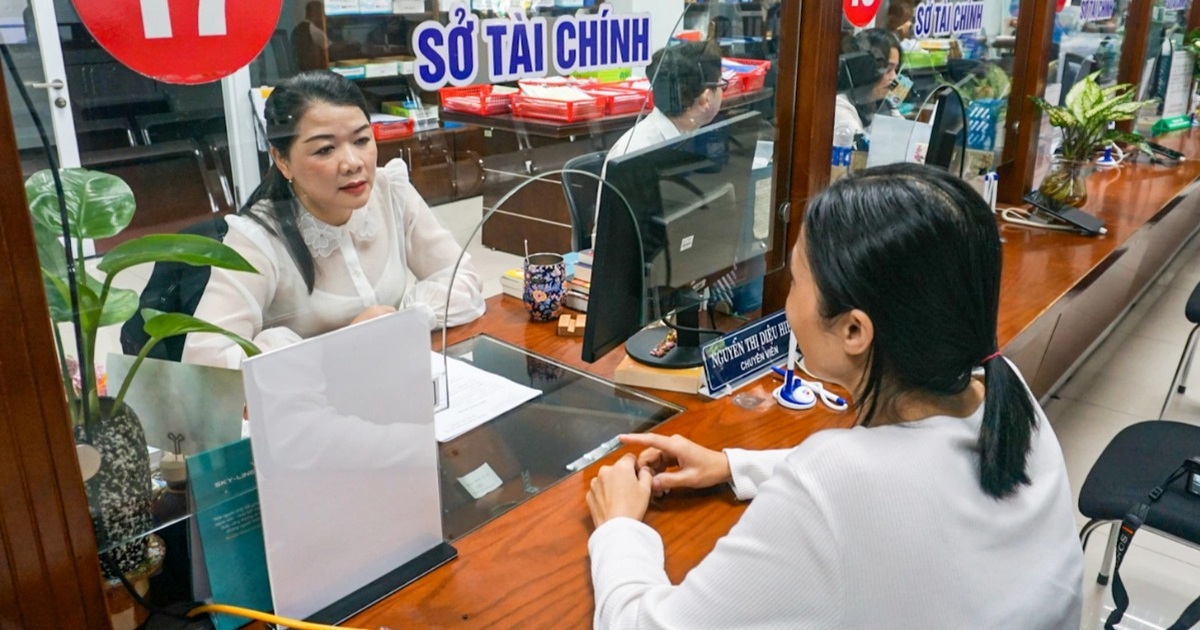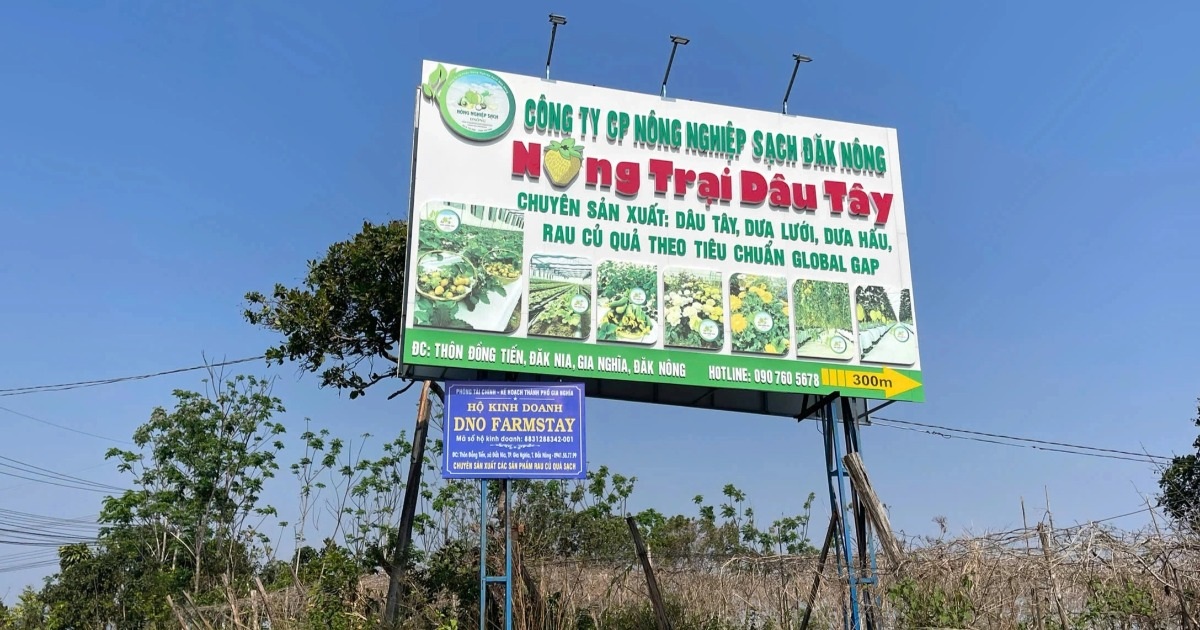On March 28th, the Ministry of Agriculture and Rural Development announced the findings of the “Comprehensive Mineral Survey and Completion of 1/50,000-Scale Geological Map of Northwest Vietnam, Supporting Sustainable Economic and Social Development.” This marks a significant step in exploiting and managing mineral resources in the Northwest, contributing substantially to the region’s sustainable development.
(Mineral discoveries in Northwest Vietnam – 1)
Director of the Geological and Mineral Resources Department, Trần Bình Trọng, stated that the project, approved by the Prime Minister in 2017, is one of the largest geological surveys in the country. It covers a vast area, diverse subjects, and took nearly 8 years to complete.
After nearly 8 years of research, the project has fulfilled all assigned tasks. A notable achievement is the creation of a 1:50,000-scale geological mineral map covering 13,081 square kilometers. 498 boreholes were drilled, totaling over 46,000 meters in depth, with 90% encountering ore bodies.
A significant outcome is the discovery and assessment of 110 mineral deposits, encompassing 25 different types, including rare earth elements, tin, tungsten, gold, copper, antimony, ornamental stones, and industrial limestone. Of these, 17 are large-scale deposits, 43 are medium-scale, and 50 are small-scale, exceeding initial targets. This highlights the abundant mineral potential of the Northwest region.
(Mineral discoveries in Northwest Vietnam – 2)
The project also identified 15 potential areas for strategic mineral deposits associated with magmatic rocks and detailed surveys of three geothermal areas in Điện Biên, Lai Châu, and Sơn La provinces. It also completed a 1:250,000-scale geological and mineral map for the entire Northern region and Nghệ An province. The detailed and comprehensive research results provide a strong scientific basis for the sustainable planning and development of the Northwest region.
Deputy Minister of Agriculture and Rural Development, Trần Quý Kiên, commended the project’s significance, emphasizing its provision of a scientific and practical basis for the rational exploitation and use of mineral resources, thereby serving the sustainable development goals of the region. He urged relevant agencies, local authorities, and businesses to enhance collaboration, apply information technology and digital transformation in managing mineral resources, and improve monitoring capabilities to prevent illegal mining and protect natural resources.
The Ministry of Agriculture and Rural Development is committed to supporting and creating conditions for the practical application of the research findings, contributing significantly to the sustainable development of the Northwest region and the entire country.



